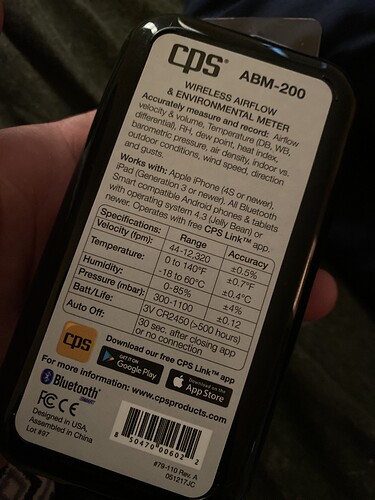Hi there,
I’m having issues with finding a way to control humidity from the data I’m getting.
The pulse reading are very different to the humidity smart sensor I have to control environment devices. 10% difference most of the time. I know my smart devices aren’t accurate but I want to understand a lot more on how the pulse sensor works so I can calibrate the other devices to the pulse.
I understand the pulse has the BME280 and I read the info on it here Compare DHT22, AM2302, AM2320, AM2321, SHT71, HTU21D, Si7021, BME280
Says it’s temp runs hot at 1 degree more. Do I need to adjust this in the calibration or has Pulse already written an algorithm to work around this?
What temps and humidity reading are most likely going to show big difference between the pulse and cheaper sensors? For instance when the humidity is 70% and temps 26 - 20 C, I see big differences between sensors.
Can anyone recommend another smart sensor that has a decent sensor? Needs to work with Tuya chips/app
I’m using a device that uses the tuya chip (not sure if it has the same tuya sensor, I’m awaiting the manufacturers comment on what sensor is being used.
Anyone have a tuya zigbee humidity and temp sensor and compared to the pulse for accurate? This is an easy swap for me.
I’m looking into inkbird, not sure what apps it works with other than it’s own. Trying to avoid buying more smart witches and so forth.
The pulse sites says it’s highly unlikely that the humidity sensor is out, I don’t have anything that I can trust to calibrate against it. Is there any affordable hygrometers I can purchase to use to calibrate or double check the pulse sensor is within the ball park?
Is a roadmap with dates as to when pulse will bring in functions for automatons?
Appreciate the help guys!


